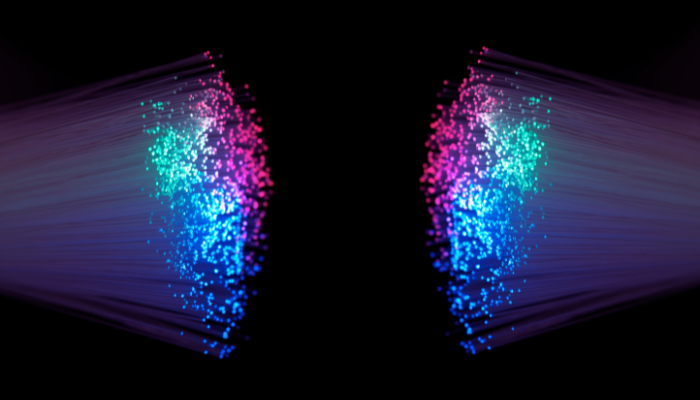Today we talk about the Crown Jewel, the prodigal son (not you, Harry – go away), the one Connection to rule them all – today, we talk Fibre to the Home.
Let’s start with the boring stuff (in case you’re new here):
Fibre to the Home (FTTH) is a high-speed, broadband internet service that delivers internet connectivity directly to a customer’s home using fiber optic cables.
We won’t sugar coat this – FTTH offers incredibly fast internet speeds. Like, Karen with a coupon fast. Because optic cables use light to transmit data, they can deliver said data at much higher speeds than traditional copper cables (plus, you know, there’s the whole chance of not getting stolen thing – which is kind of a big deal). This means that FTTH can provide download speeds of up to 1 gigabit per second (Gbps) or even higher, which is much faster than the speeds offered by traditional broadband technologies like DSL or cable (unless you’re Deadpool – cable isn’t something you aspire for).
In addition to faster speeds, FTTH offers more reliable and consistent connectivity (and, in South Africa, anything vaguely consistent can surely only be considered a bonus). Unlike traditional copper cables, Fibre is significantly less prone to interference and can maintain a high-speed connection even over long distances. This means that FTTH can offer a more stable and consistent connection, which is especially important for applications like online gaming, video streaming, and video conferencing.
Another advantage of FTTH is its ability to future-proof internet connectivity (if this sounds like a slogan, we’ve probably used it before). As technology continues to evolve and data demands grow, FTTH can easily be upgraded to meet the increasing demands for bandwidth. This is because fiber optic cables have a much higher bandwidth capacity than traditional copper cables and can therefore support much higher data rates in the future.
Furthermore, FTTH can also offer other benefits like increased security and privacy. Because Fibre optic cables are difficult to tap and hack, FTTH can provide a more secure connection that is less prone to cyber-attacks. This is especially important for people who conduct sensitive transactions online, like banking or shopping.
Now, for the meaty stuff:
If you’re still (and we can’t imagine why) at the point where you’re asking what you need Fibre for – our only response is to pull an UNO reverse card, and ask, “what don’t you need it for?”.
- Feel like Gaming? FTTH offers high speed, reliable connectivity to keep you connected and in the game.
- Want to work? You can connect, collab, send emails, network, browse, stream – it’s a long list, filled with infinite possibilities and ways to enhance your digital productivity.
- Communication? We’ve got you covered.
- Socializing? This one doesn’t even need expanding on.
- Entertainment? Streaming and downloading is the new live TV.
- Studying? Calling relatives? Banking? You name it, there’s a high-speed internet solution to help facilitate it.
FTTH has revolutionised every facet of our lives – of that there’s no question. A million possibilities, and infinite ways to use them – the only limits are truly your imagination.













